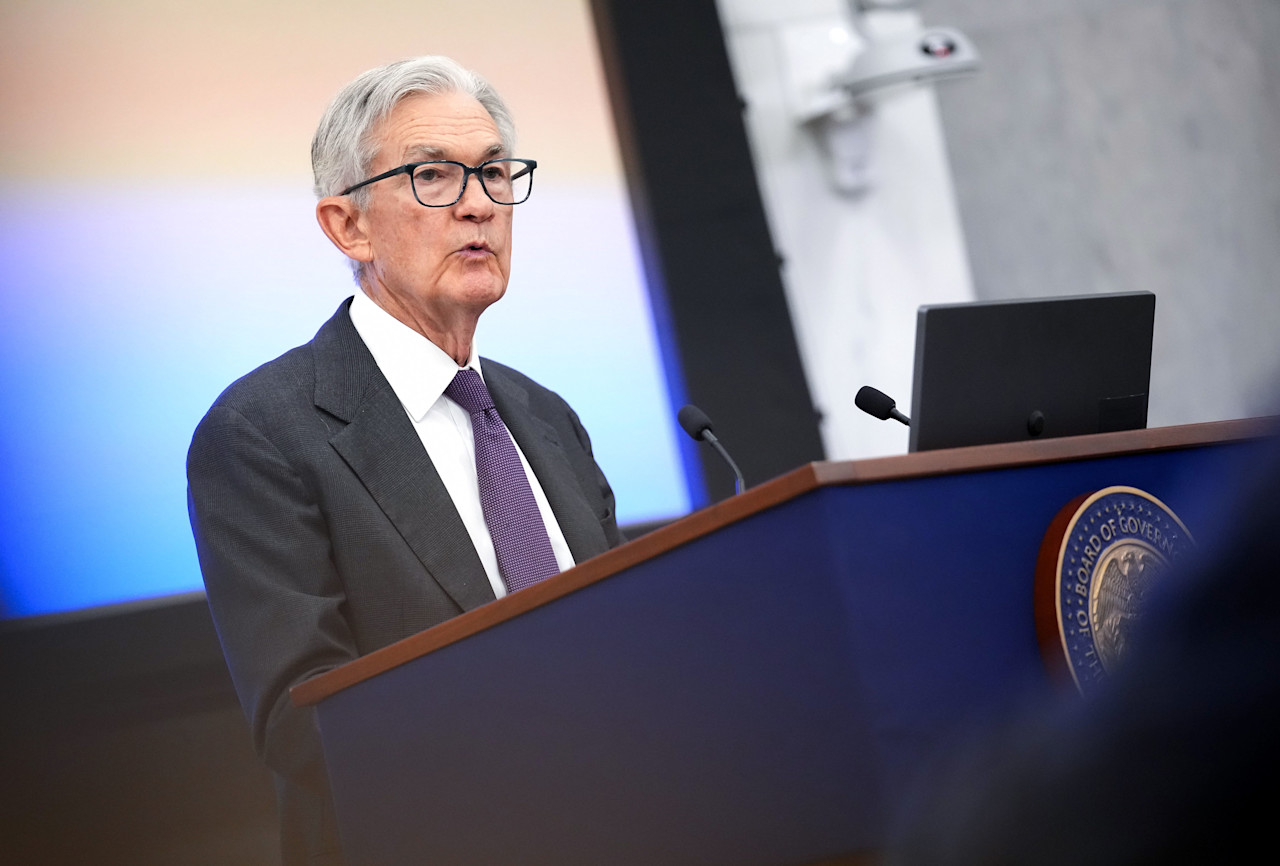

Greening the bond market
Green bond issuance has developed healthy momentum over recent years. The sector now represents a liquid and diversified market which provides an effective tool for investors to meet a range of objectives, including impact and financial return.
まとめ
- The green bond market now represents about EUR 700 billion in assets
- Record issuance in 2019, and a further EUR 32 billion issued in Q1 2020
- Green initiatives and regulatory support will underpin continued growth
Described as liquid impact investing, green bonds are regular bonds whose proceeds are earmarked for clearly specified projects – with high levels of transparency in reporting – and which create real and sustainable environmental impact.
With a history spanning about thirteen years, the market in green bonds currently represents about EUR 700 billion in assets, with a record USD 255 billion in new issuance in 2019. The lively primary market in green bonds – which has seen strong growth particularly in recent years – now has issuance from a diversified set of institutions, across the corporate, government, government-related and multi-lateral sectors. The secondary market has been functioning well, with green bonds priced close to their non-green peers.
The increase in issuance volumes in recent years has made it possible to build sizeable portfolios in this market. The financial market crisis which began in March has affected this market, too, but issuers have started returning to the primary market. In parallel with a recovery in global markets, the many new green initiatives on the agenda and a growing environmental awareness within society, we expect continued strong growth for the green bond market in the years to come.
The origins of green bonds date back to 2007 when the EIB launched its first Climate Awareness Bond. The World Bank issued its inaugural green bond in 2008. These were followed by a small but growing stream of issues from government-related entities and local authorities.
The market really started in earnest after the launch of the Green Bond Principles in 2014. The establishment of these principles helped create more transparency for investors and clarified requirements for issuers. This gave a strong impulse to both the volume and diversity of issuers.
The green bond market experienced rapid growth between 2015 and 2017, with a tilt towards specific segments. Institutions such as the EIB, IBRD and KfW, which by that stage had become relatively established green bond names, expanded issuance, but a substantial part of the growth – particularly in 2016 and early 2017 – came from Chinese names, such as the Shanghai Pudong Development Bank and ICBC. US issuers took over the lead in 2017, with sizeable green bond issuance by US municipalities to finance local transportation and water projects, and by Fannie Mae to finance sustainable housing.
Diversification in the market
This period also marked the start of two further key trends in this market: a strong increase in corporate green issuance and the launch of the first sovereign green bonds. Given the nature of their activities, it seems logical that utility companies, banks, automotive and real estate companies dominated corporate issuance.
Sovereign green bond issuance started in December 2016, but really took off in early 2017 when France launched its EUR 14.8 billion green bond, and immediately became the largest green bond issuer that year. This paved the way for sizeable sovereign green bond issuance in 2018-2019 from Belgium, the Netherlands and Ireland, as well as several emerging sovereigns, such as Indonesia and Nigeria. In early 2020, Chile was the largest issuer. The introduction of sizeable sovereign issuance brought further portfolio diversification opportunities to the green bond market.
Record issuance in 2019, and a further EUR 32 billion issued in Q1 2020
Green bond issuance reached a record high in 2019. A total of USD 255 billion in green bonds was issued, according to data from the Climate Bond Initiative, up 49% from 2018 issuance. The EU was the largest market for green bond issuance, at USD 107 billion. Use of proceeds from 2019 issuance are allocated mainly to renewable energy (32%), green buildings (29%) and transportation (20%).
With the significant increase in climate awareness and with the emergence of new initiatives to combat climate change, it is no surprise that such an important vehicle to finance these initiatives has experienced rapid growth, too.
More to come
Although the start of the year was more difficult due to Covid-19, 2020 could be another record year for green bonds issuance. Inaugural green issuance is expected from amongst others the governments of Germany, Italy, Spain and Sweden.
The political agreement on the EU Taxonomy in December 2019, which defines activities that can be regarded as environmentally friendly, will also help in further developing the green bond market. It will contribute to the development of a minimum standard for the market. It will also help in setting rules for financing decarbonization activities in industries where lower carbon, but no low carbon alternatives are available.
Over the past few years the green bond market has grown from a small niche market to a liquid and diversified market. Although many buy-and-hold investors are active in the green bond market, the secondary market has been functioning well, with green bonds priced close to their non-green peers. The increase in issuance volumes has made it possible to build sizeable portfolios in this market. With many new green initiatives on the agenda and a growing environmental awareness within society, we expect continued strong growth for the green bond market in the years to come.
Robeco’s green bond investment strategy
Robeco’s investments in green bonds have kept track with the development of the market. Inaugural investments were made in 2013, and initially these were small. Allocations to green bonds increased significantly during 2014-2019, as issuance volumes rose and the profile of issuers became more diversified. Green, social and sustainable bond investments are now an integral part of most Robeco fixed income funds.
As of the end of March 2020, Robeco’s investments in green bonds totaled approximately EUR 1.7 billion.
Robeco has a five-step framework for determining if a corporate or a sovereign bond is green. The green bond has to pass all five steps in order to be considered eligible as a green bond investment. The decision to include the eligible green bond in the portfolio is ultimately taken by the portfolio manager, based on the regular investment process of the portfolio.
Conclusion
The opportunities presented by green bonds remain attractive, in spite of the recent global financial market turmoil. Green bond issuance has reached a healthy momentum over recent years, and the market now provides an effective tool for investors to meet a range of objectives, including impact, diversification and financial return.
サステナビリティに関する最新のインサイトを把握
ロベコのニュースレター(英文)に登録し、サステナブル投資の最新動向を探求しましょう。
重要事項
当資料は情報提供を目的として、Robeco Institutional Asset Management B.V.が作成した英文資料、もしくはその英文資料をロベコ・ジャパン株式会社が翻訳したものです。資料中の個別の金融商品の売買の勧誘や推奨等を目的とするものではありません。記載された情報は十分信頼できるものであると考えておりますが、その正確性、完全性を保証するものではありません。意見や見通しはあくまで作成日における弊社の判断に基づくものであり、今後予告なしに変更されることがあります。運用状況、市場動向、意見等は、過去の一時点あるいは過去の一定期間についてのものであり、過去の実績は将来の運用成果を保証または示唆するものではありません。また、記載された投資方針・戦略等は全ての投資家の皆様に適合するとは限りません。当資料は法律、税務、会計面での助言の提供を意図するものではありません。 ご契約に際しては、必要に応じ専門家にご相談の上、最終的なご判断はお客様ご自身でなさるようお願い致します。 運用を行う資産の評価額は、組入有価証券等の価格、金融市場の相場や金利等の変動、及び組入有価証券の発行体の財務状況による信用力等の影響を受けて変動します。また、外貨建資産に投資する場合は為替変動の影響も受けます。運用によって生じた損益は、全て投資家の皆様に帰属します。したがって投資元本や一定の運用成果が保証されているものではなく、投資元本を上回る損失を被ることがあります。弊社が行う金融商品取引業に係る手数料または報酬は、締結される契約の種類や契約資産額により異なるため、当資料において記載せず別途ご提示させて頂く場合があります。具体的な手数料または報酬の金額・計算方法につきましては弊社担当者へお問合せください。 当資料及び記載されている情報、商品に関する権利は弊社に帰属します。したがって、弊社の書面による同意なくしてその全部もしくは一部を複製またはその他の方法で配布することはご遠慮ください。 商号等: ロベコ・ジャパン株式会社 金融商品取引業者 関東財務局長(金商)第2780号 加入協会: 一般社団法人 日本投資顧問業協会






















